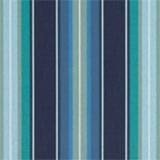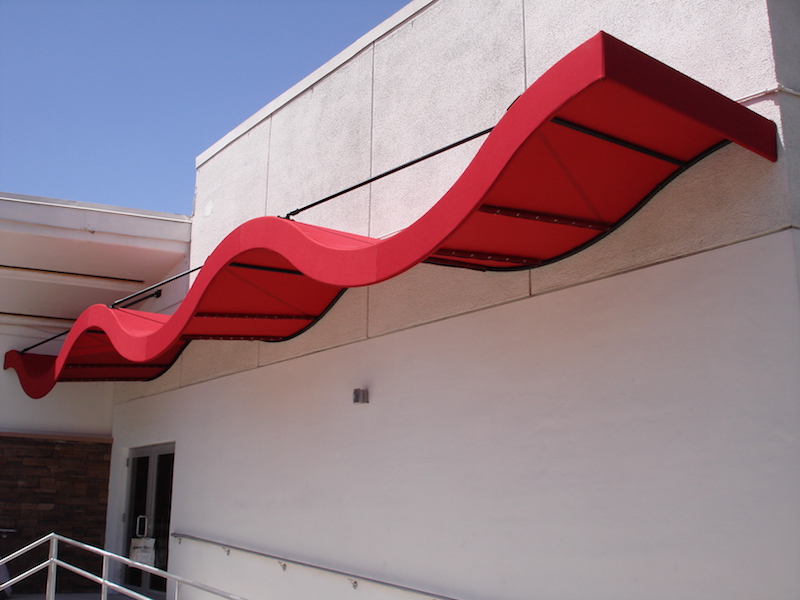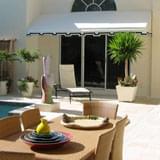Awnings are extended coverings which can be attached to a building or freestanding. They are typically constructed from tubular steel or aluminum frames and covered with fabric. The fabric can be made of acrylic, cotton, polyester, or vinyl laminated fabric which is stretched tightly over the framework. Awnings are usually custom manufactured and can be designed to fit most any architecture. Coverage area can range from just a few square feet to hundreds or even thousands of square feet.
Awnings offer the flexibility of covering large areas at a fraction of the cost when compared to traditional building methods. Homeowners and associations often use awnings to create an extended outdoor living or entertaining area, protect windows or doors from the elements and add style like only fabric can do.
Energy Savings
Awnings can significantly reduce energy consumption by blocking solar radiation through windows and doors. They not only provide energy saving benefits, they also can protect furniture and carpets from fading due to the sun. For the latest energy study click here.
Engineering for the elements
Awnings come in a variety of shapes, sizes, materials, and colors. Depending on the design, awnings can create more air circulation to dissipate heat buildup in the summer or trap in the heat during the winter months. Depending on the amount of light penetration desired, certain fabrics have a lighter-colored underneath side than the topside color, which gives a more pleasing shading effect.
Whether the requirements are to withstand hurricanes, televisions, speakers, fans, lighting or snow, awnings can be engineered to withstand almost any weather occurrence or designed to support any amount of load. Consult with a local awning professional and engineer to bring your concept to reality!





